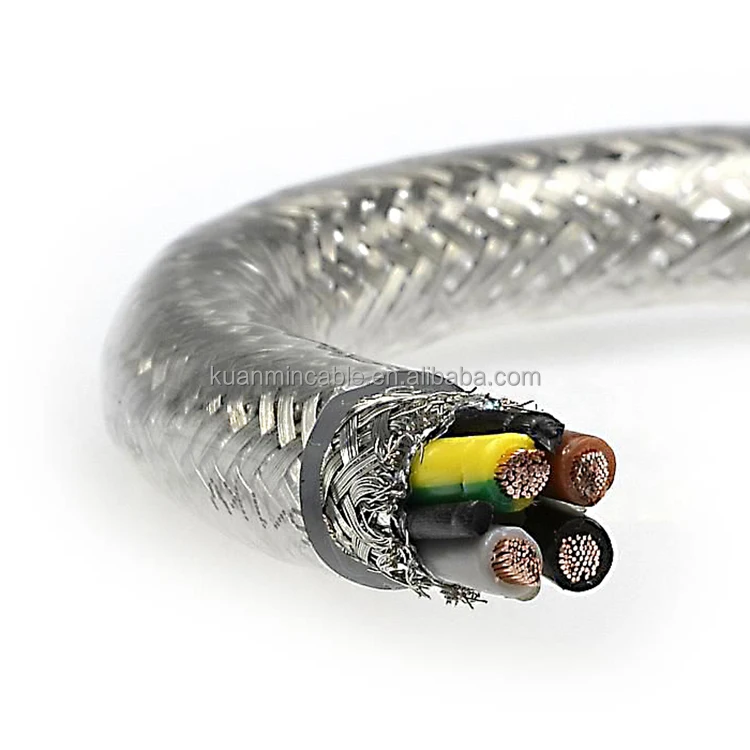Small off topic:Richie's idea of a test should have embarrassed him into perpetual silence. When it comes to such matters, he has all the credibility of Mike Lindell. The guy has some serious speaker design chops -- but when he exits that wheelhouse, he consistently face-plants.
Now unbalanced RCA-to-RCA cables have some noise vulnerability, especially when their length exceeds two meters or so and they're used in an unusually EMI-heavy environment. That sort of situation is pretty rare in a home audio system, and the best a better "interconnect" -- e.g. a cable with two inner conductors and a shield that's tied to one of those conductors at only one of the two plugs -- can do is to very slightly reduce the audible level of that interference. Speaker cables on the other hand, because of the very low impedance of amp-to-speaker circuits and the relatively large amplitude of the signals they carry, are inherently very EMI-immune and need no such measures to stay that way.
Now that you mentioned unbalanced interconnects with two wires inside and a shield, what is the proper way to connect them on either side and is there any function for a second wire?


